Last year I tried reducing my carbon footprint by driving less and eating less-traveled food.
So how did I do?
I DROVE LESS
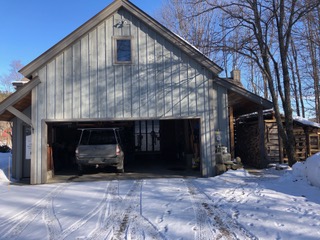
I only drove 615 miles fewer miles in the car in 2019 than 2018, but that’s mostly because Tim and I worked together to reduce our overall household carbon emissions by driving the six-year old Prius more and the ten-year old Tacoma less.
The car averages 45 mpg as opposed to the truck’s twenty. So on days we were both on the road, whoever was traveling furthest drove the car. The result? Truck usage dropped nearly thirty per cent. Of course, this took some daily planning – and readjusting the seat and mirrors. Nevertheless, we’ll continue the practice this year.
BUT I FLEW MORE
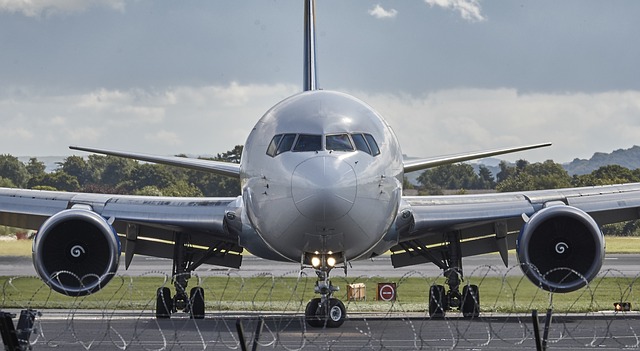
It was a record travel year for me, with four transcontinental flights. Two were to visit family in San Francisco, one was to backpack in Arizona, and one was to deliver a eulogy for a friend in Juneau.
I like to joke that it’s easier to fly to California than to drive to New York City. It’s not true; it just feels that way when accelerating to six miles per hour on the so-called Brooklyn-Queens Expressway.
The trip to Arizona was pure pleasure. Except for flying to and from Phoenix, it was otherwise a low-carbon vacation, backpacking in the Grand Canyon.
The trip to Alaska was one I never could have anticipated, but I’m glad I went.
At some point, I looked into paying a voluntary carbon tax for each flight I took. There are non-profits who use the money to help keep the planet from burning up. But I confess, I haven’t done it – yet.
I ATE LESS TRAVELED FOOD
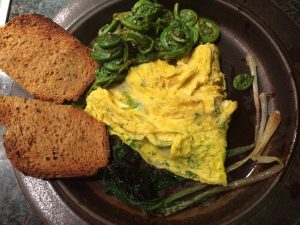
This year we’ve added more meat to our diet, all of it raised within five miles of home.
We again pastured about two-dozen meat birds on the grass and insects of our upper field. Roast Chicken has been at the center of our special occasion menu for the last decade, so I jumped at the chance when a local farmer offered pastured lamb for sale. And after four years of taking my rifle for a walk in the woods, I shot a buck this year, topping the freezer up with local, organic venison.
FROZEN VERSUS FRESH IN JANUARY

The freezer runs on solar power. It’s the California lettuce that comes by reefer trucks in January that is my ultimate carbon splurge. It takes more energy to transport those baby greens than the greens give back in calories. Not sustainable. But I’ll probably pay the carbon tax for air travel before I eat only the winter hardy vegetables that cellar well: onions, beets, cabbage, leeks and potatoes.
FRUIT IN WINTER
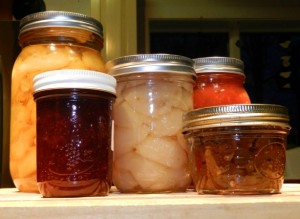
We’re still eating fresh apples, and sometimes indulging in citrus from away. But we’ve also begun thawing strawberries and raspberries, whose flavor reminds me of the heat I endured while berry picking. I’ll broach the canned pears soon, but I’m saving the canned peaches for March, when we need their fresh flavor most.
WE’RE NOT PURISTS
We drink wine from all over the world, Kentucky whiskey and Scotch from the UK. Neither coffee beans nor tea grow in Vermont, so we import them, along with necessities, like chocolate.
WE MAKE CHOICES
So yes, I’m driving less than I did last year, and so is my food. I’m also trying to produce less food waste. As always, I pass unwanted leftovers and scraps to the laying hens. In return, they give us eggs for breakfast and manure to fertilize next year’s garden.
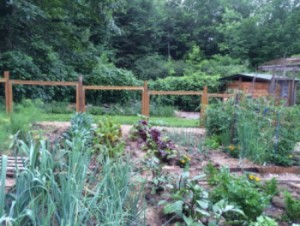

Congratulations on your buck, Deb. It opens an array of possibilities for tasty, organic meals.
For those without yard chickens, be aware that the meat counter at Price Chopper will gladly wrap your order in butcher paper, and ONLY butcher paper.
No plastic, no styrofoam.
As for your driving to NYC; I travel to see my youngest child in Manhattan via the Amtrak Vermonter. It takes a little longer by train, than car, but it is fairly painless.
I bring various reading, writing and music devices to keep me occupied, but the movement of the train, on its tracks, is very soothing and naps are possible.
I am not sure, but I would assume with the plethora of passengers, it reduces our carbon footprint. Also dont have to worry about parking or driving on those congested roadways; there are a hundred Ubers, taxis and such to take you wherever you need to go.
My son also travels up here, to Brattleboro via rail. Pick him up at 500 p.m. friday, head over to the Whetstone for a snack, life is good.
Only downfall with the Vermont Amtrak is there are not enough runs. Would be great to have more travel time options.